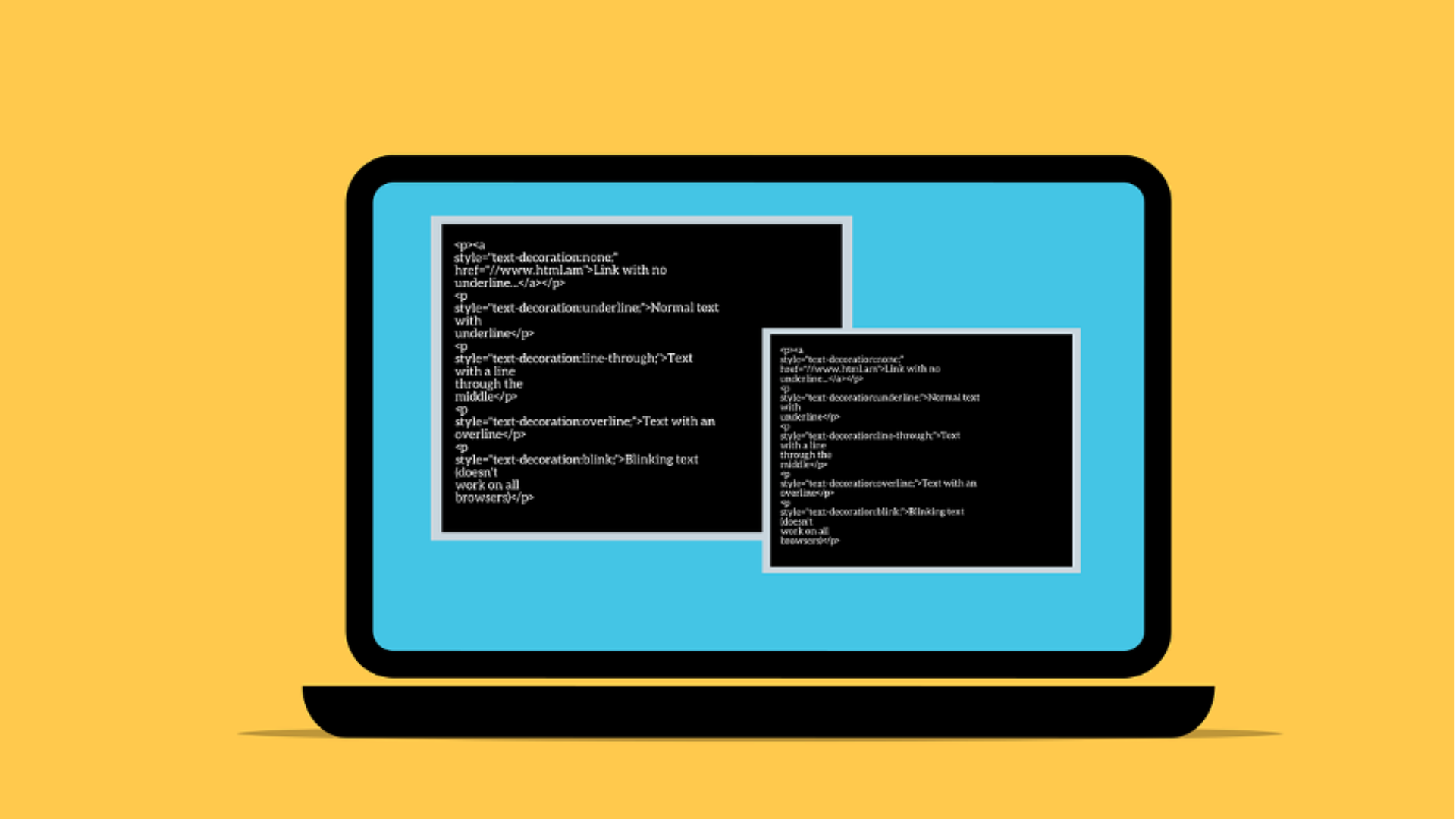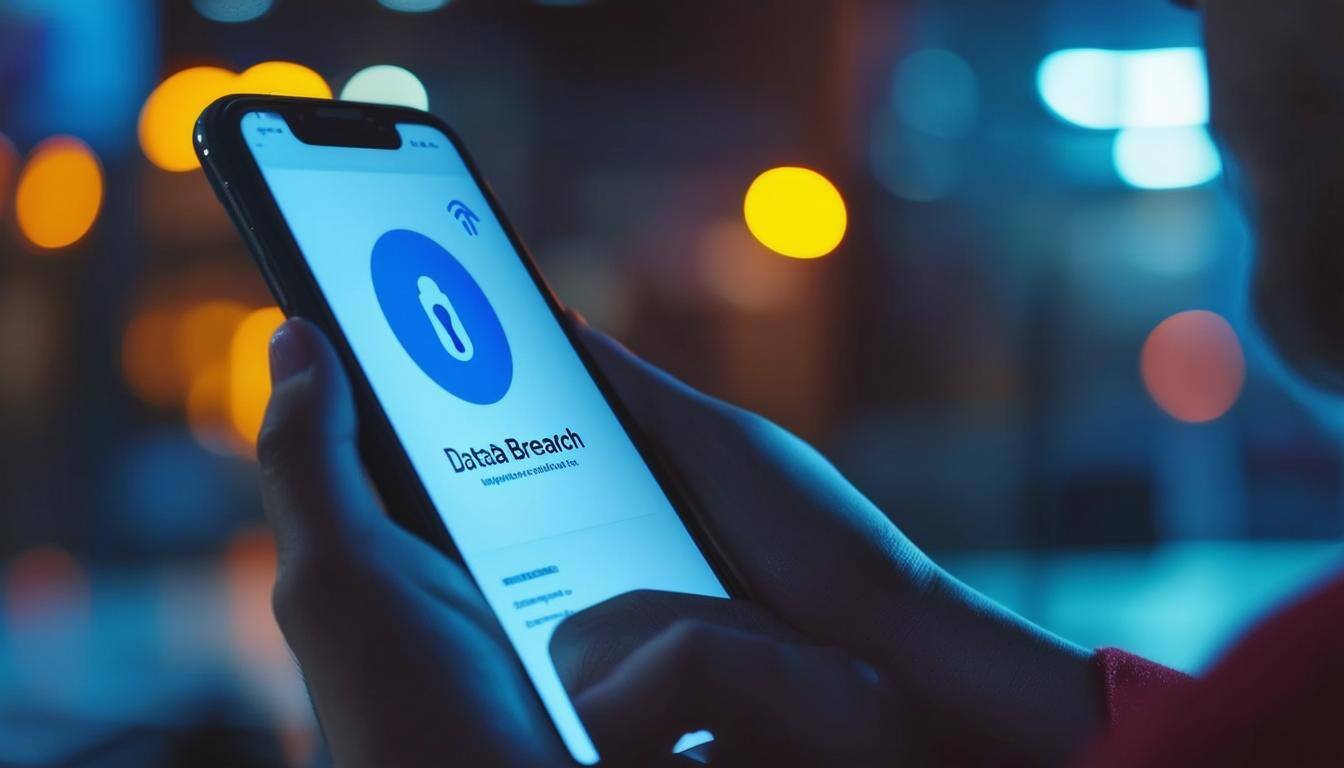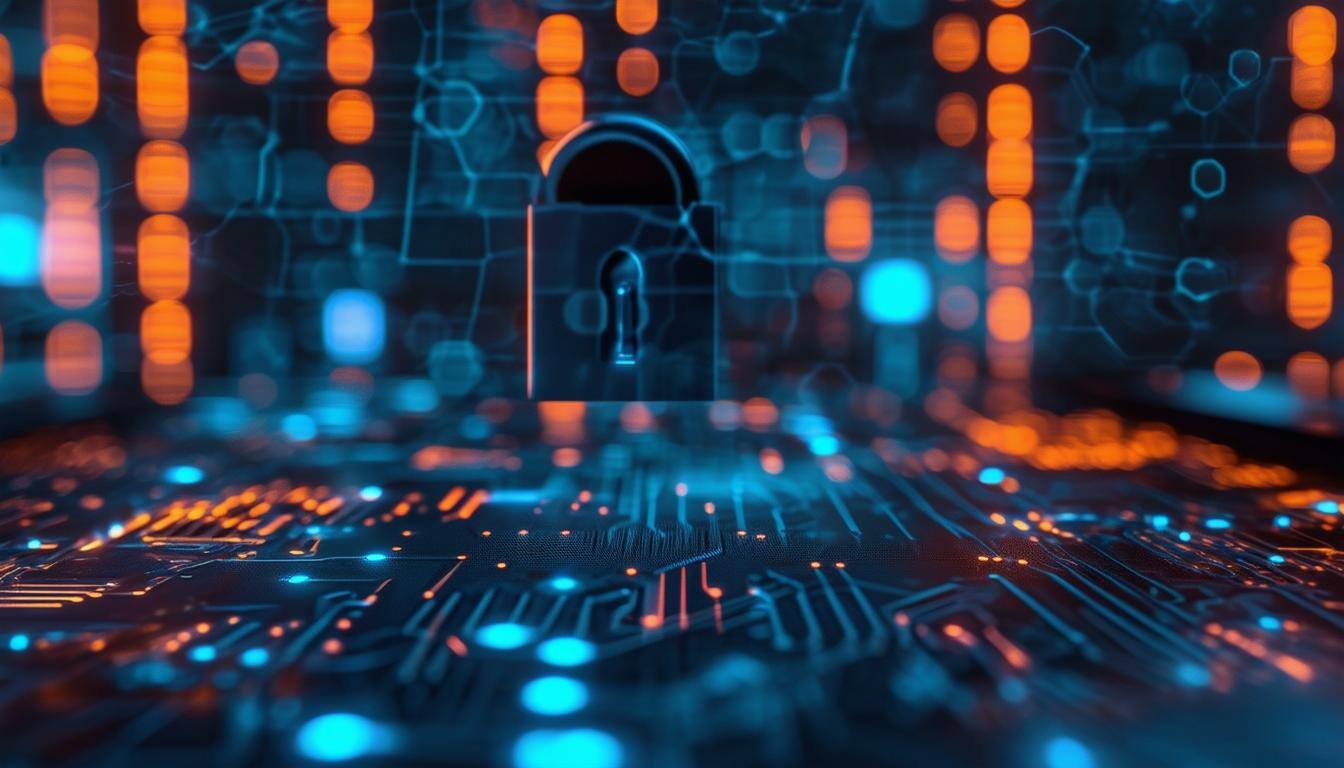How is Your Cyber Hygiene? Essential Tips For 2025
In today's digital age, maintaining good cyber hygiene is just as essential as maintaining personal hygiene. Just as you brush your teeth to keep...
4 min read
 Ashley Wheeler
:
Feb 12, 2025 10:00:00 AM
Ashley Wheeler
:
Feb 12, 2025 10:00:00 AM
In 2025, cyber threats are everywhere, lurking in every corner of the digital world. These threats may aim to disrupt your computer, steal sensitive data, or even demand ransom. Understanding the most common cyber risks and how to protect yourself against them is essential for safeguarding your digital life. In this guide, we’ll explore the types of cyber threats you might encounter, how to protect yourself, and why cybersecurity is important for everyone.
Cyber threats come in many forms—some familiar, others more sophisticated. Whether you’re an individual user or part of a larger organization, it’s crucial to recognize these risks so you can take the necessary precautions.
Phishing attacks continue to be one of the most common and effective methods cybercriminals use to steal personal information. These attacks often involve fraudulent emails, fake websites, or text messages that trick you into disclosing sensitive information like passwords or credit card numbers.
How to Protect Yourself: Always scrutinize the sender’s email address and be cautious when clicking on links, especially if the message seems urgent or suspicious. If in doubt, go directly to the official website instead of following a link.
Ransomware is malicious software that locks you out of your own files and demands payment to unlock them. It typically spreads through email attachments or malicious downloads from unsafe websites.
How to Protect Yourself: Keep your software, operating system, and antivirus programs up-to-date to prevent ransomware from infecting your system. Regularly back up your data so that you can restore it without paying a ransom.
Malware refers to any software designed to harm your computer or steal sensitive data. It can include viruses, worms, and spyware, which can damage files, monitor your activities, or steal passwords.
How to Protect Yourself: Install reliable antivirus software and avoid downloading files or clicking on links from untrusted sources. Regular scans can help detect and remove malware before it causes significant damage.
Taking proactive steps to protect your digital security can greatly reduce the risk of cyber attacks. Here are a few simple but effective practices to follow.
One of the easiest ways to enhance security is by using strong, unique passwords for each of your online accounts. A strong password should include a mix of uppercase and lowercase letters, numbers, and symbols.
Tip: Change your passwords regularly and avoid reusing the same password across multiple accounts.
Two-factor authentication (2FA) adds an extra layer of security by requiring you to provide a second form of verification, such as a code sent to your phone, in addition to your password.
Why It’s Important: Even if someone obtains your password, 2FA makes it much harder for them to access your account.
Public Wi-Fi networks are often not secure, making them prime targets for hackers to intercept your data. Avoid accessing sensitive information, such as banking details, while connected to public Wi-Fi.
Best Practice: Always use a VPN (Virtual Private Network) when using public Wi-Fi to encrypt your internet traffic and protect your privacy.
Cybersecurity is not just a concern for large corporations—individuals are also at risk. Understanding the importance of cybersecurity and adopting basic protective measures can prevent costly or damaging attacks.
Your personal information is a valuable asset that cybercriminals can exploit for identity theft, fraud, or blackmail. Being cautious about what you share online and with whom can help safeguard your identity.
Pro Tip: Avoid oversharing on social media, and be mindful of the information you provide on websites.
Online banking and shopping are convenient but come with risks if not properly secured. Without proper precautions, cybercriminals can access your financial data and make fraudulent transactions.
Tip: Always shop on secure websites (look for HTTPS in the URL), and use trusted payment platforms. Monitor your bank accounts regularly for suspicious activity.
Despite taking precautions, there’s always a chance that you could fall victim to a cyber attack. Knowing the right steps to take can help minimize the damage and secure your accounts.
If you suspect that you’ve been targeted by a cyber attack, report it immediately to the relevant authorities, such as your bank, the police, or the Cybersecurity and Infrastructure Security Agency (CISA).
Why It Matters: Early reporting can aid in investigations and help prevent further damage.
If you suspect a breach, change your passwords immediately. Ensure that you use a strong and unique password for each account to prevent further unauthorized access.
Quick Action: Consider using a password manager to generate and store strong passwords securely.
As technology continues to advance, so do the tactics used by cybercriminals. Emerging technologies, like artificial intelligence (AI) and the growing number of connected devices, present new challenges for cybersecurity.
Artificial intelligence will increasingly be used by cybercriminals to conduct more sophisticated attacks. AI can analyze vast amounts of data to identify potential victims and tailor attacks more precisely.
What You Can Do: Stay informed about the latest cybersecurity trends and adopt new tools and strategies to defend against AI-powered threats.
As more devices—such as smart home products, wearables, and industrial equipment—become connected to the internet, they create new points of vulnerability for hackers to exploit.
How to Stay Safe: Regularly update the software and firmware on your IoT devices, and ensure they are protected with strong passwords or other security measures.
Cyber threats are ever-evolving, but by taking the necessary precautions, you can significantly reduce your risk. From using strong passwords to staying vigilant about phishing scams, cybersecurity is a responsibility that everyone should take seriously.
If you’re looking for more tips on how to protect yourself from cyber threats, contact us today! We are here to help you stay safe in the digital world and keep your personal and professional data secure.

In today's digital age, maintaining good cyber hygiene is just as essential as maintaining personal hygiene. Just as you brush your teeth to keep...

A data breach can leave you feeling vulnerable and powerless, especially when you receive an email or notification informing you that your personal...

In today’s digital age, small businesses are just as vulnerable to cyberattacks as larger corporations. While you might assume that cybercriminals...